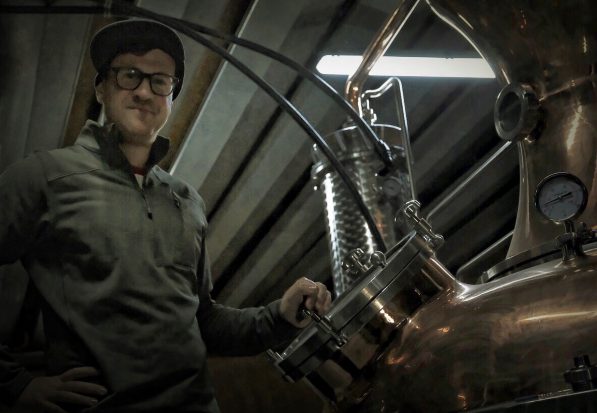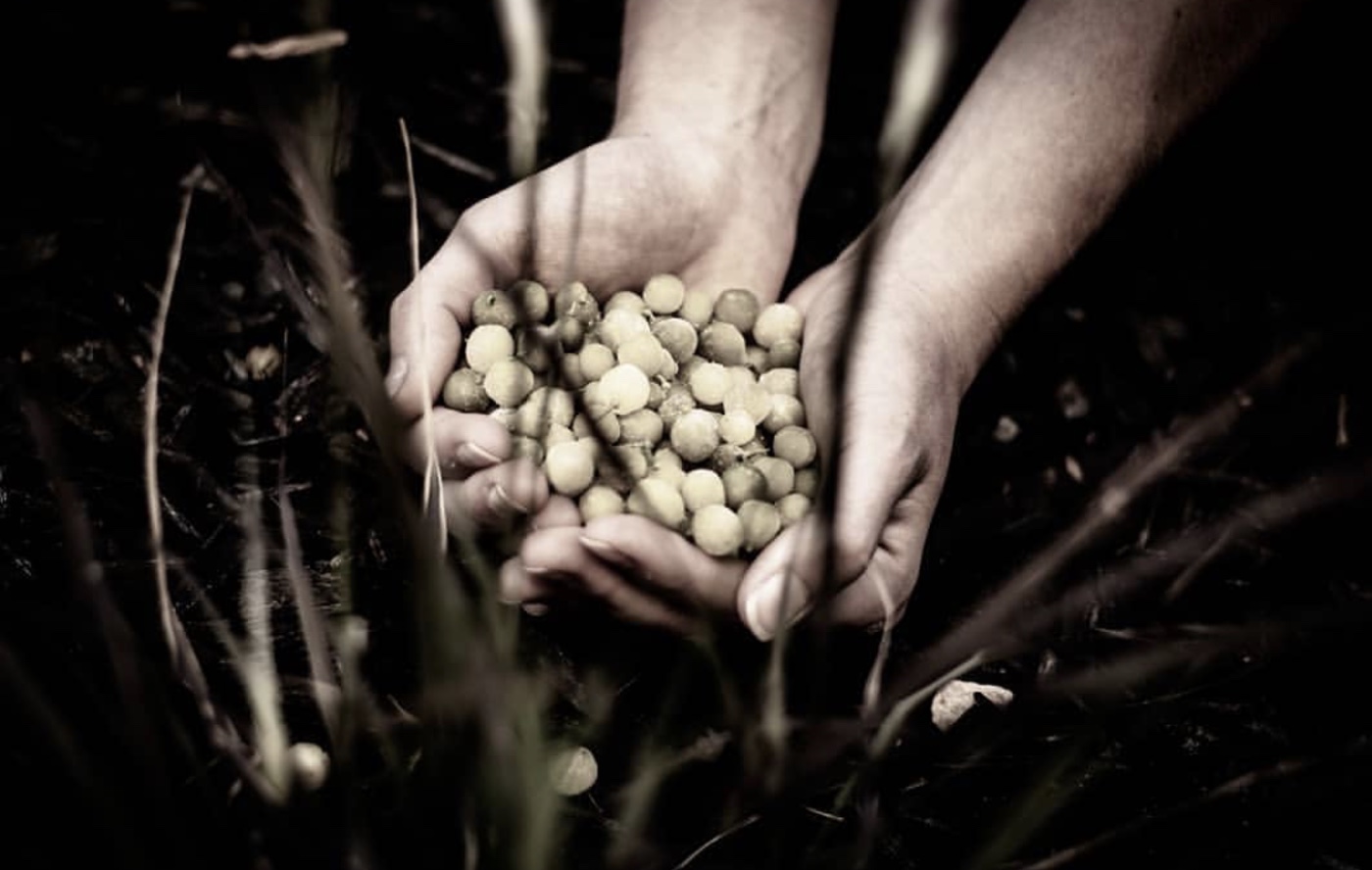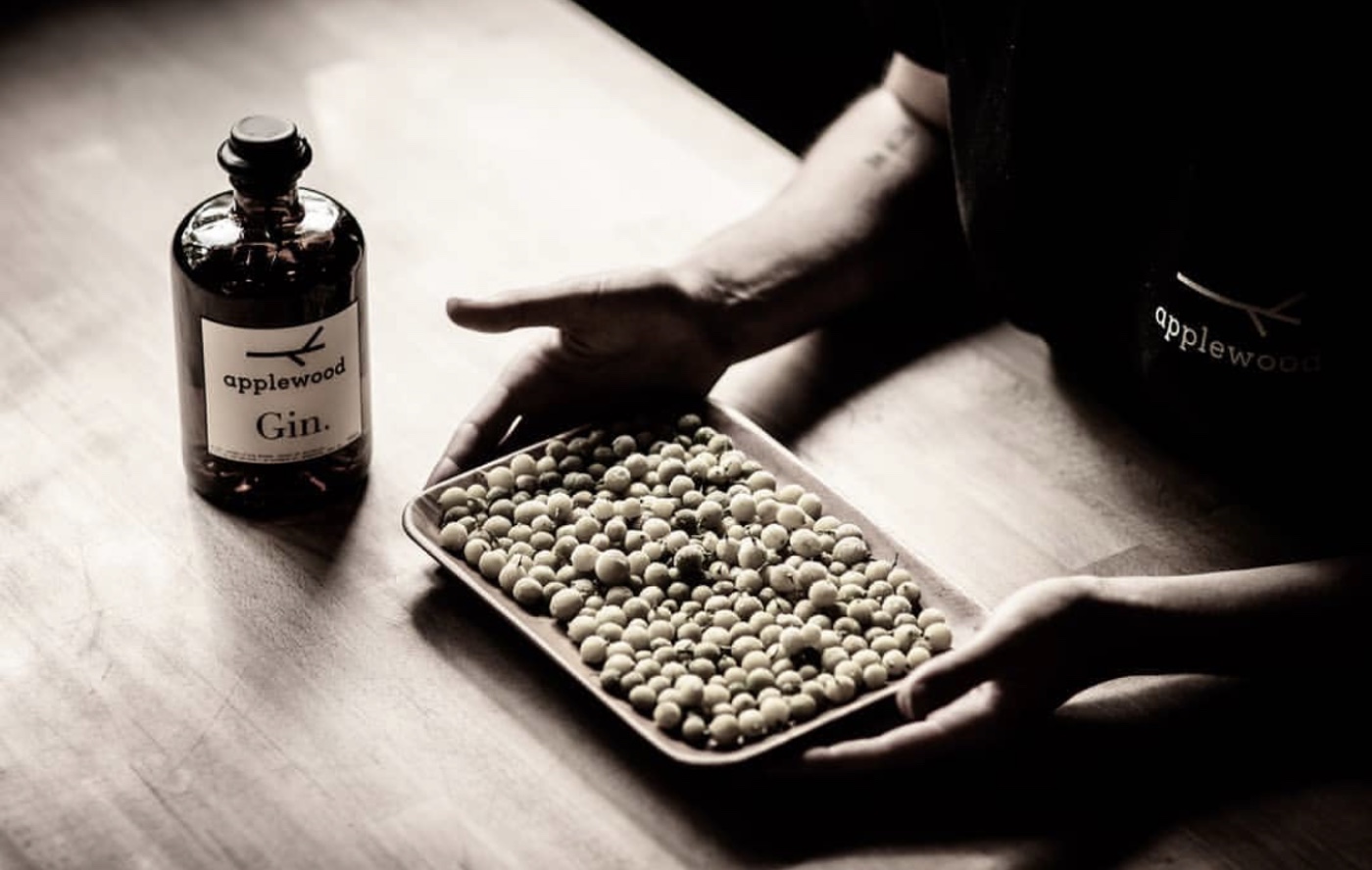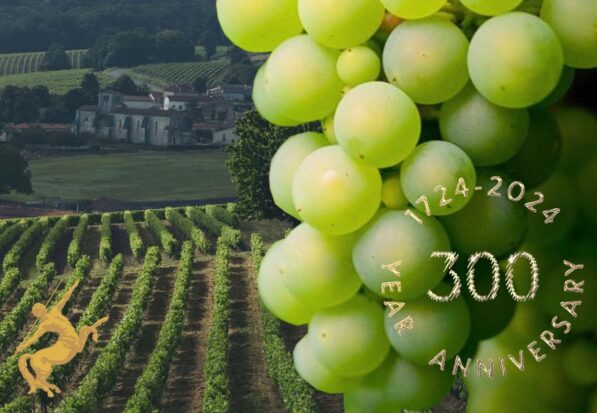Driving the tight, windy roads into the Adelaide Hills on the way to Applewood Distillery, you get a true sense of how ancient the land we call home in Australia really is.
Devoid of significant ice ages, tectonic shifts and vulcanism, as have been experienced by most other areas of the world, Australia has evolved in complete geographical isolation.
And if you talk to Brendan Carter, owner and head distiller at Applewood, you soon realise that this is what he loves most about the country. He loves that we live in a land that is venerable, surrounded by flora and fawner that is truly unique, with a landscaped formed by the brutality and benefit of erosion and fire.
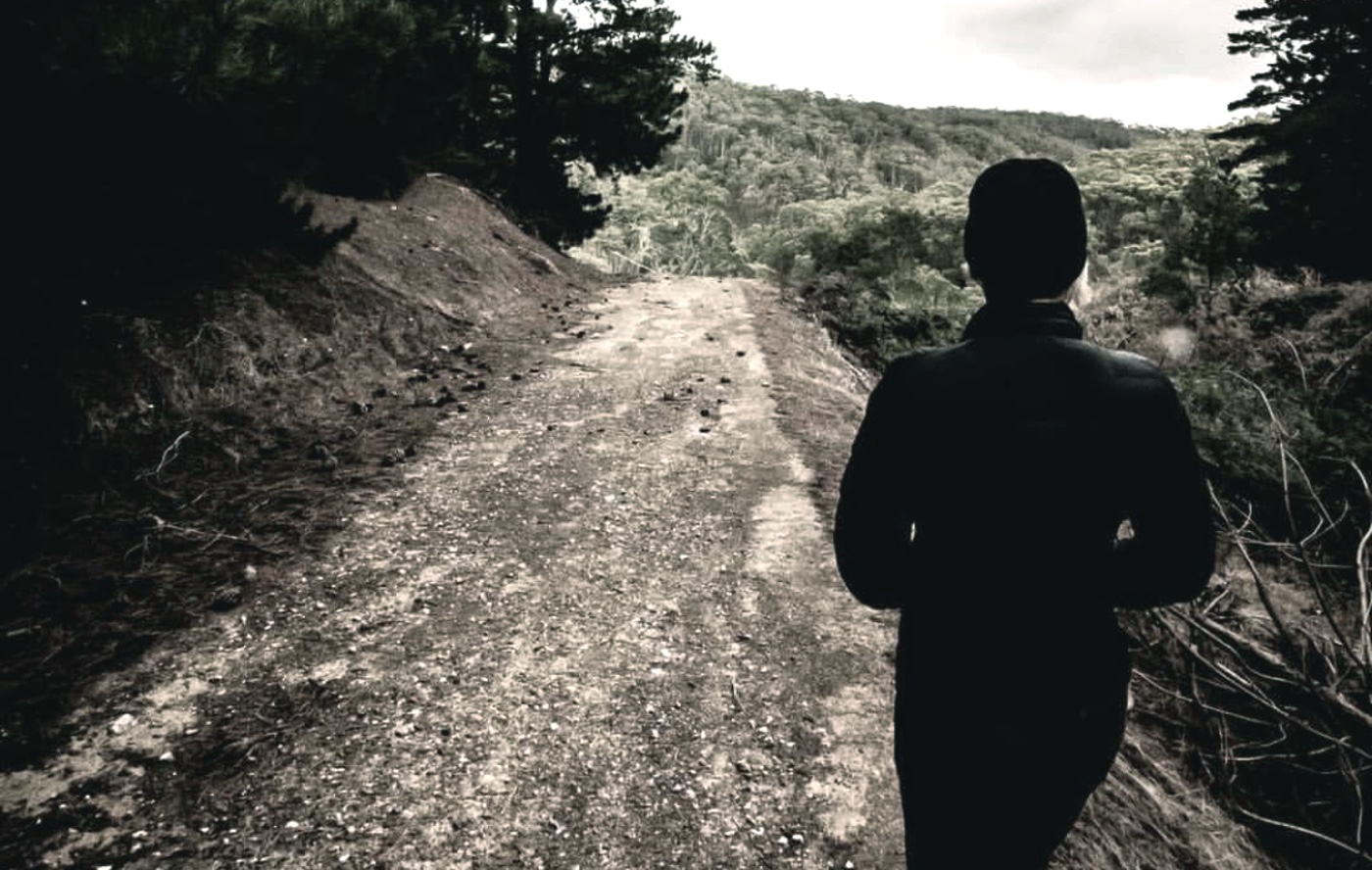 PIN IT
PIN ITFire trail – Adelaide Hills
But this love of the land, its age and a sense of ‘belonging’ is not just an esoteric romanticism of someone who basically lives and works in the bush. For Carter, it’s about the practicality of understanding how best to use the land, not only for its own preservation but also for its ability to impart a unique identity to the products he creates.
“What makes it so special has everything to do with the place, not with the process,” he says.
And that is one thing that Carter finds frustrating about the way we talk about Gin. To his mind, we talk too much about distillation, the still and Juniper and not enough about what makes our Gin uniquely Australian. We don’t talk enough about terroir.
“It needs to be an expression of place for it to be sustainable,” he said, “hence the reason why we should totally be, for the width and breadth and life of our industry, gunning towards a classification of Australian Gin. We are the best at doing that, no one can replicate that and that’s OK.”
It’s easy to understand Carter’s interest in the land when you realise that both he and his wife have come from a background as vintners, selling wines under the label, Unico Zelo. In the world of wine, it’s all about terroir and the couple has brought that vernacular to their distillery and the Gins they produce, including expressions such as River Mint and Northern Lights.
“It’s OK to limit ourselves and say we can’t do a London Dry, like those people in London. Don’t get me wrong, we can produce some pretty damn good ones, but for the longevity of the industry, we need to think beyond that.
“As far as export, we’ve been able to pull a weight that is much bigger than our actual physical size. That’s because when we go overseas, we are not talking about London Dry, we’re talking about Australian Gin. When you go to somewhere like the States, their predominant question is, ‘why am I buying London Dry from Australia? It’s got London in the name and that basically screws us over a little bit.’
Considered part of the foundation stone of the Australian Gin industry, Applewood not only distilled their own product but have also been instrumental in assisting many South Australian Gin labels to get their start in the industry.
“While juniper forward is good, I just question how successful that is going to be on the international scale when all it takes is somebody else to make another gin, with a better brand. At that level is really about branding and about promotion.”
Housed in a 1920s cold store on the outskirts of a little South Australian town called Gumeracha, Carter stresses that the survival of the Australian spirits industry and the survival of our agricultural landscape should be seen as being more closely intertwined.
“We didn’t start a distillery because we wanted to be a beverage sausage factory,” Carter explains, “we started the distillery to actually answer an agricultural need in Australia.
“Distilleries have always evolved around agricultural societies as a means of swallowing an awful lot of raw produce, at all grades, and turning it into a highly valuable product that never goes off.”
Wrapped up in all of this, Carter points out is a disconnect in the way that we try to sell spirits, which he believes is somewhat backward, especially when you compare it to the way we sell food.
“When they are selling steak, they are definitely not going to say it came from a cow, we shot it in the head, we carved it up, put it in the fridge, we shoved it on a grill, grilled it up and here it is on a plate for you.
“They never talk about ‘process’, they talk about ‘place’. They might say ‘this came from a farm, it is grain fed, it comes from a very sustainable, biodynamic farm that is high up in the ranges of Victoria near the Grampians’. They talk about ‘place’ to sell something which leads people back to land.”
Carter is at the forefront of a burgeoning movement to use native ingredients, not just as a marketing tool that is a clear identifier but also as a way of using the land as it was intended. He talks about not manipulating the land for our purposes but instead allowing the land to actually manipulate our purpose.
“With our wine, we don’t grow shiraz or chardonnay or sauvignon blanc, we grow a nero d’Avola or nebbiolo – grape varieties designed to be dry grown. It totally makes sense because we are in a desert, but it’s still fitting a square peg into a round hole because grape varieties aren’t native to Australia.”
Carter stresses the importance of learning from indigenous culture and understand the importance of working in harmony with nature. But Carter worries that part of the problem is that most Australians don’t really identify with this ancient plot of land on which we all live.
“Native ingredients have sustained massive populations of indigenous people for a very long time,” he states. “Yet, a lot of people, even a lot of Australians ironically enough, don’t know much about the four, five, or six thousand different native ingredients that we are rediscovering.”
But Carter also points out that it’s not just changing minds from process towards providence, but also applying a new approach to the way we use, harvest and sustain those native ingredients.
“Foraging is one thing that is quite a contentious topic for us at the moment because our brand is making a highly consistent product and that doesn’t really work with foraging. We manufacture products, so we need to be looking at more sustainable methods to farm.
“The other thing key about Australia is that when we take from our natural environment, it takes ten times longer for it to recover because things just happen slower in Australia. And that’s fine but we need to be very aware of that. We need to realise that we can farm native ingredients and then we are not impacting this.”
Carter refers to a native known as Lilly Pilly, which “taste like pure Campari: clovey, dry, rich sour cherry and plum,” says Carter. “Why aren’t we making more drinks from these? Why aren’t we encouraging growers to plant stuff that is particularly adapted to our climate?”
With so many distilleries and businesses trying to make a claim in what is now an overcrowded gin market, you have to wonder if Carter perhaps has a point. If a London Dry can be made anywhere, should we be using more of what is naturally around us to stand out.?
Will it be the ones that have used terroir and local natives to distinguish themselves that will be the ones that survive? Should we, as a nation, be looking to better support farmers who want to take a non-traditional European approach and farm natives?
“It’s a case of focusing on doing the absolute best you can do, without drawing on any additional natural resources in your locality. It’s about using that mentality to guide the decision-making process. When you do that, then I believe you are actually going to craft a superior product, not because it makes you feel good but because it is literally better.”
Applewood Gins are available through speciality liquor store or the website






